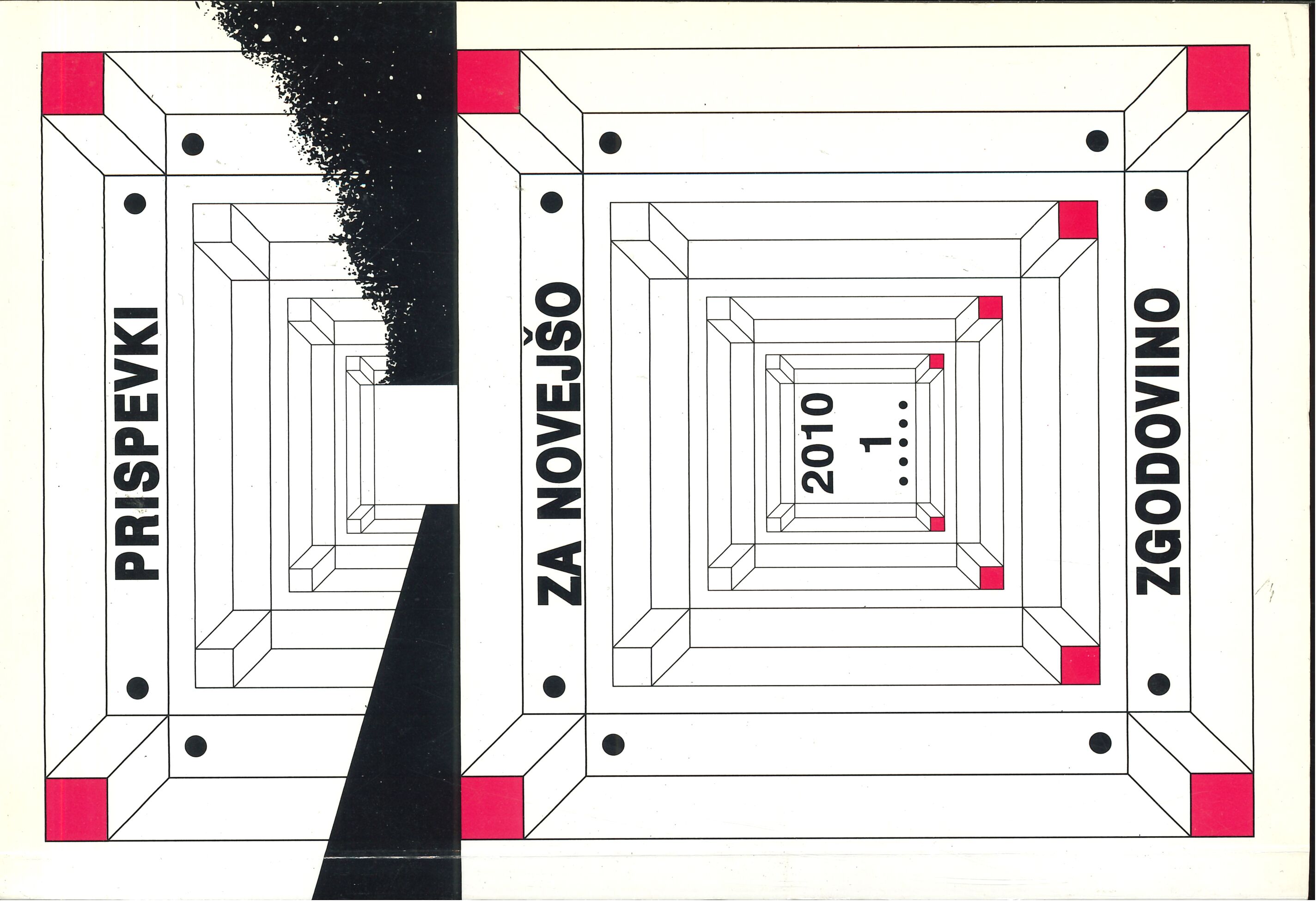Participation of Banks in the Interwar Period Industry
Keywords:
Slovenia, interwar period, economy banks, universal banking, industry entrepreneuriship, nationalisationAbstract
On the basis of archive materials and relevant literature the author of the following discussion outlines the direct capital and entrepreneurial participation of banking institutions in the Slovenian industry between the world wars. The development of Slovenian industry in the interwar period was mainly influenced by the banking institutions that operated according to the model of the so-called universal banks, characteristic for the Central European economic space. As far as the participation in the interwar period Slovenian industry is concerned, five largest universal banking institutions were the most important: Kreditni zavod za trgovino in industrijo (Credit Institution for Commerce and Industry), Ljubljanska kreditna banka (Credit Bank of Ljubljana), Zadružna gospodarska banka (Cooperative Commercial Bank), Jadranska banka (Adriatic Bank), which was transformed into the Jadransko-Podunavska Banka (Adriatic-Danube Bank) in 1924, and Slavenska banka (the "Slavenska" Bank). The exploration of the relationship between the banks and industrial companies in which these banks participated directly was carried out by selecting a sample of 22 industrial companies where the universal banking institutions had a majority ownership share. Most of the industrial companies in which the banks participated were joint-stock companies. The review of the archive materials pointed out especially the manner of how the banks participated in the industry, which is what the following discussion focuses on. It turned out that the banking institutions got involved in industry in three ways: through nationalisation, with takeovers of existing companies and by establishing new companies. In the discussion the author underlines each of these forms of participation.
Downloads
Published
Issue
Section
License
Authors who publish with this journal agree to the following terms:
- Authors retain copyright and grant the journal right of first publication with the work simultaneously licensed under a Creative Commons Attribution License that allows others to share the work with an acknowledgement of the work's authorship and initial publication in this journal.
- Authors are able to enter into separate, additional contractual arrangements for the non-exclusive distribution of the journal's published version of the work (e.g., post it to an institutional repository or publish it in a book), with an acknowledgement of its initial publication in this journal.
- Authors are permitted and encouraged to post their work online (e.g., in institutional repositories or on their website) prior to and during the submission process, as it can lead to productive exchanges, as well as earlier and greater citation of published work (See The Effect of Open Access).


